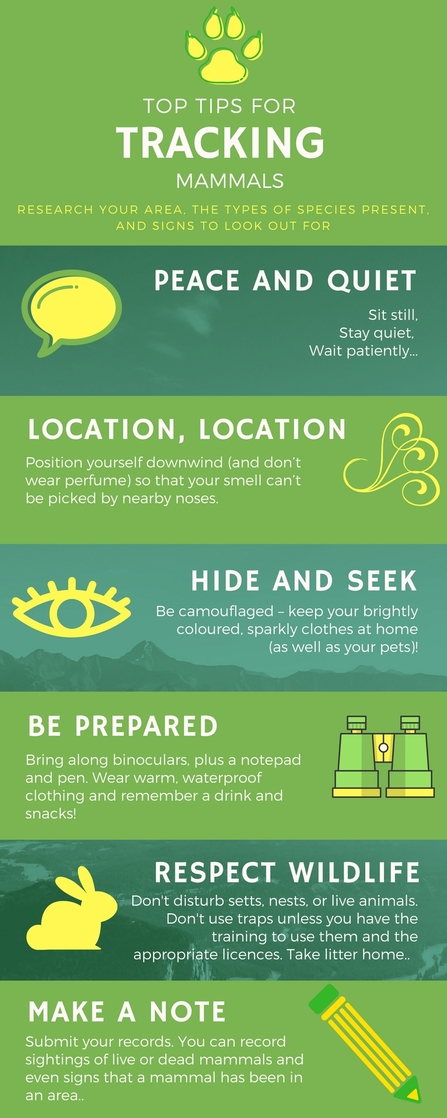After kicking off our mucky footwear, we entered Mungrisdale Village Hall to warm up with hot drinks. Once settled into the lovely little venue, the group was introduced to Stuart Colgate, a recording officer from Cumbria Biodiversity Data Centre.
We started with a task of classifying various mammals of Britain, discussing our thoughts with each other. At this point, some of us began muttering about unfamiliar terms… “What’s an ungulate?”. Stuart jumped to a comprehensive explanation of Britain’s mammalian fauna, describing the difference between the various species.
Mammals are not the easiest class of species to observe, which explains why they are also some of the most under-recorded species across Britain. With key tips for spotting wildlife, Stuart guided us through the process of tracking mammals; encouraging us all to log our findings and send over recorded data to Cumbria Biodiversity Data Centre and Cumbria Wildlife Trust. We then studied a variety of mammal droppings – something that we were all grateful to have done before lunchtime!
Once filled up with food, we ventured outside to check a few live traps that were placed earlier that morning. Although there was nothing caught, we learnt about the various traps available to use in the field, and the legislation behind their use. Later in the afternoon, we analysed the skulls of roe deer, foxes, badgers, and rabbits to better understand their skeletal structures.
The final task got the group to look at a range of nibbled nuts to identify the forager, followed by the dissection of barn owl pellets to discover bones of digested species. From the skeletal remains, we could consider the population of prey present within an area to understand the local biodiversity.
Oh, and if you were still wondering, ungulates are hooved mammals!


